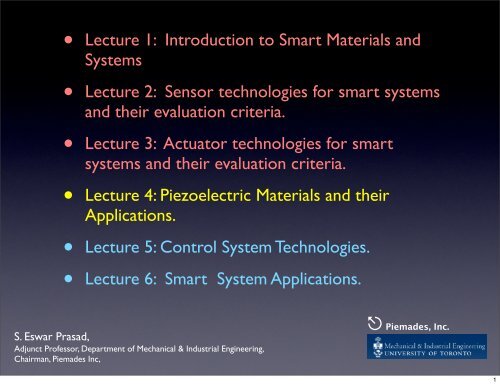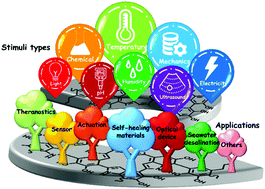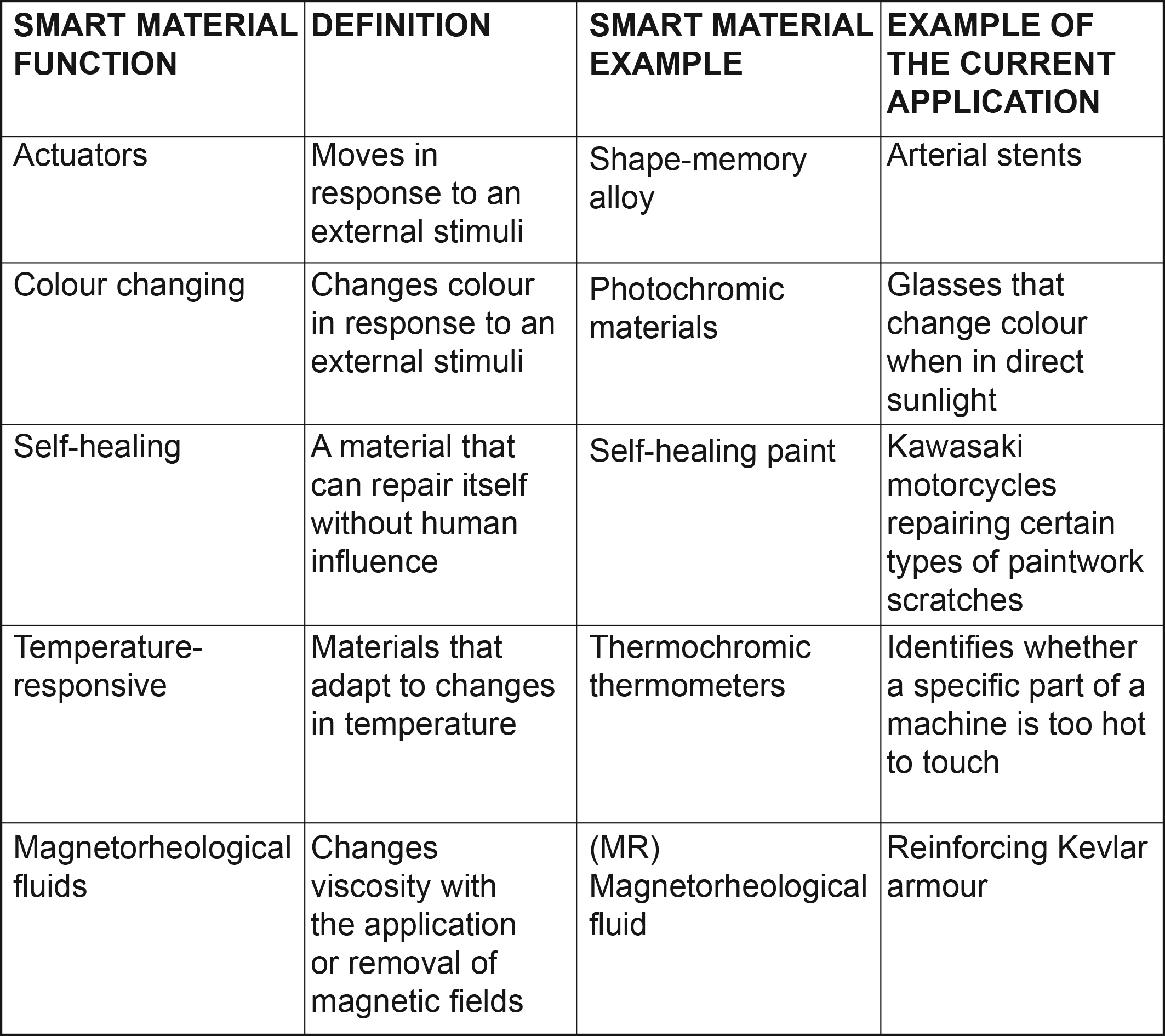Smart materials are a class of materials that have the ability to adapt to their environment or respond to external stimuli in a specific manner. These materials have the ability to change their physical, chemical, or electrical properties in response to external stimuli, such as temperature, pressure, humidity, or electrical or magnetic fields.
Mechanical engineering is a discipline that involves the design, analysis, and manufacture of mechanical systems, including the development of new materials and technologies for use in these systems. Smart materials have the potential to revolutionize the field of mechanical engineering by enabling the development of new, more advanced systems with improved performance, efficiency, and functionality.
One potential application of smart materials in mechanical engineering is in the development of structural materials. These materials are used to construct the structural components of mechanical systems, such as beams, columns, and frames, and are required to withstand large loads and deformations. Smart materials, such as shape memory alloys and piezoelectric materials, have the ability to change their shape or stiffness in response to external stimuli, making them ideal for use in structural components that need to adapt to changing loads or environments.
Another application of smart materials in mechanical engineering is in the development of actuators and sensors. Actuators are devices that convert energy into motion, while sensors are devices that detect changes in the environment and provide a corresponding output signal. Smart materials, such as piezoelectric and magnetostrictive materials, have the ability to convert electrical or magnetic fields into mechanical motion, making them ideal for use as actuators. Similarly, smart materials such as piezoelectric and electrostrictive materials have the ability to change their shape or stiffness in response to external stimuli, making them ideal for use as sensors.
Smart materials also have the potential to revolutionize the field of tribology, which is the study of the interaction between surfaces in relative motion. Smart materials, such as magnetorheological fluids and piezoelectric materials, have the ability to change their viscosity or stiffness in response to external stimuli, making them ideal for use in lubricants and bearings. These materials have the potential to improve the performance and efficiency of mechanical systems by reducing friction and wear.
In conclusion, smart materials have the potential to revolutionize the field of mechanical engineering by enabling the development of new, more advanced systems with improved performance, efficiency, and functionality. These materials have the ability to change their physical, chemical, or electrical properties in response to external stimuli, making them ideal for use in structural materials, actuators and sensors, and tribological applications.








